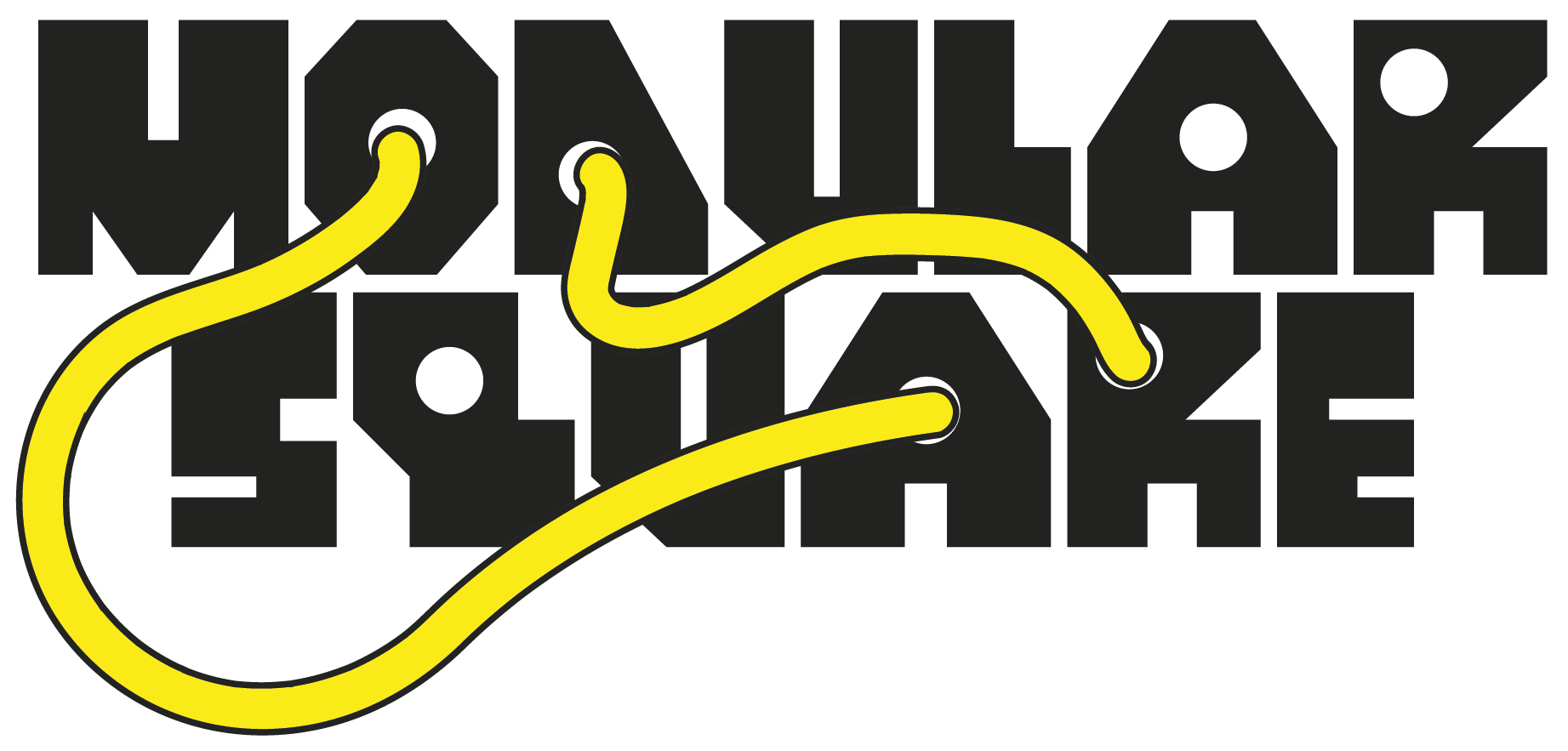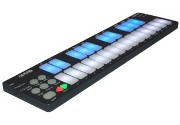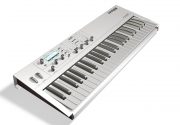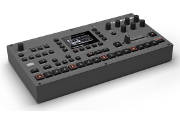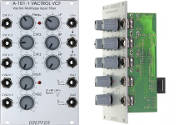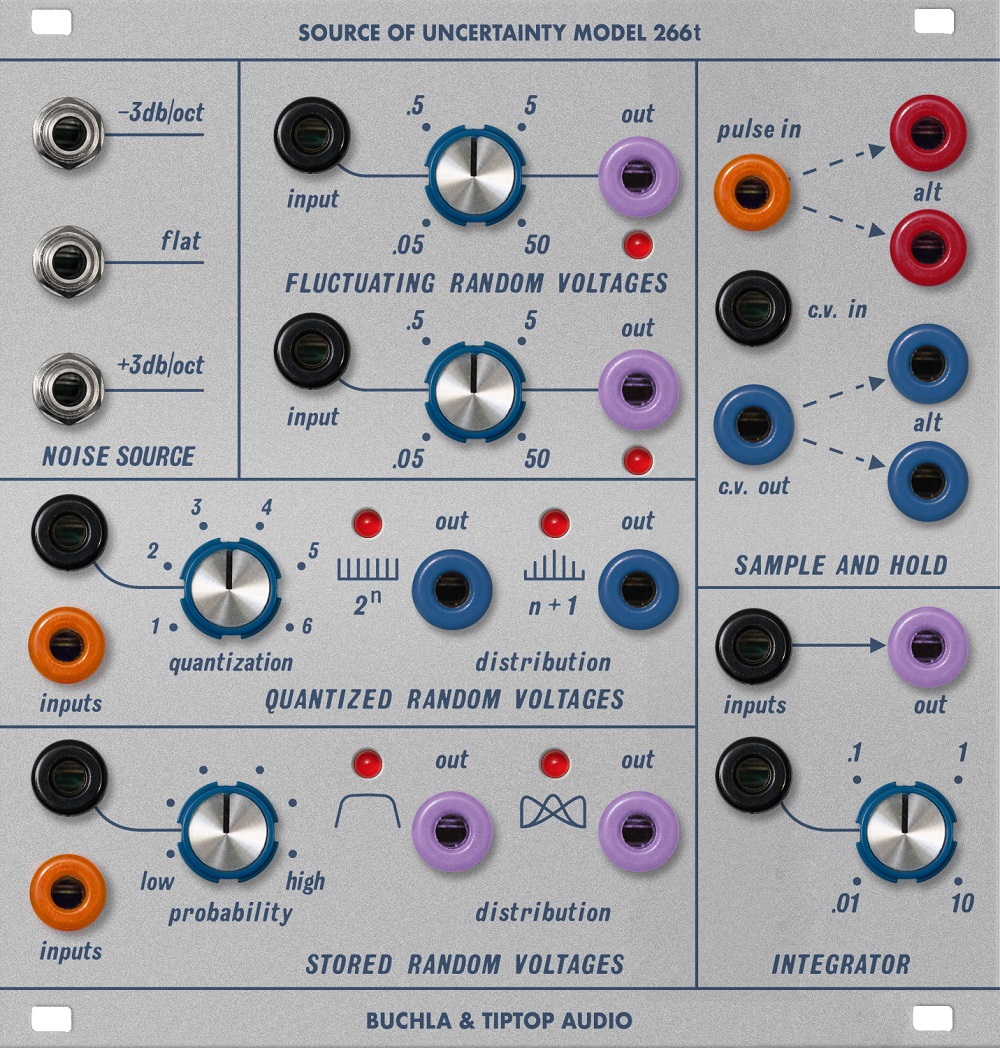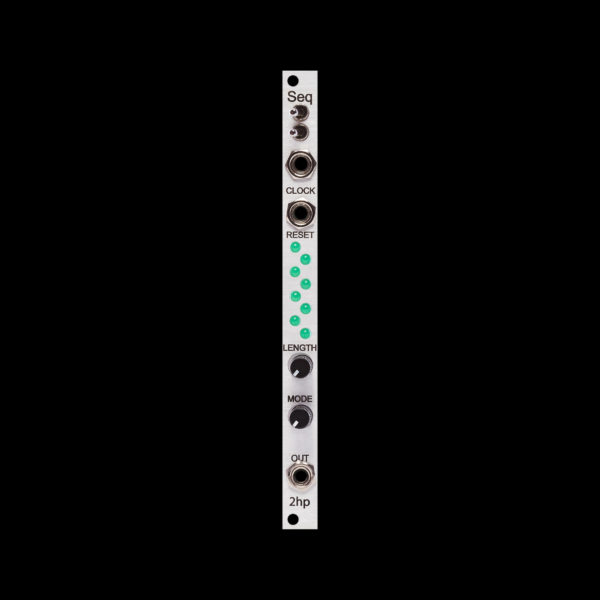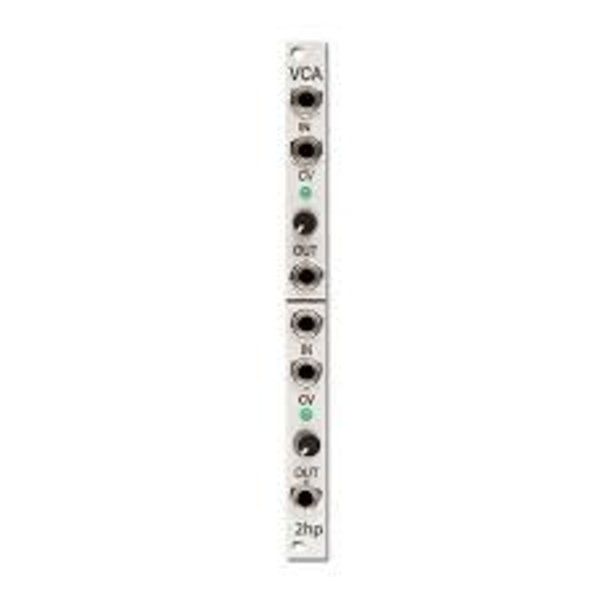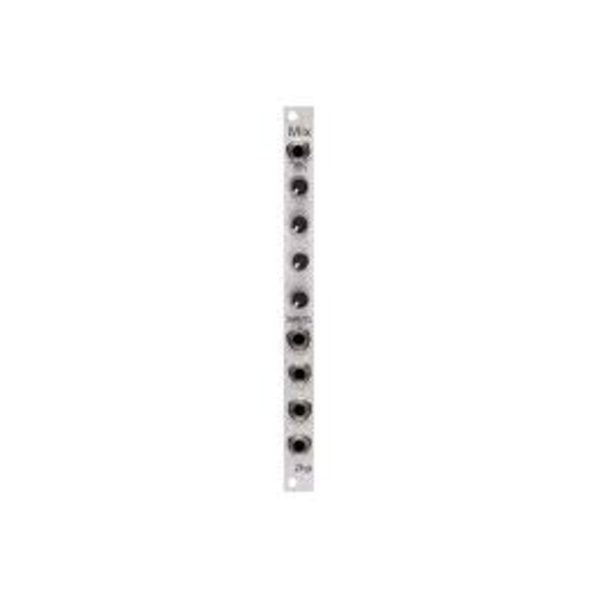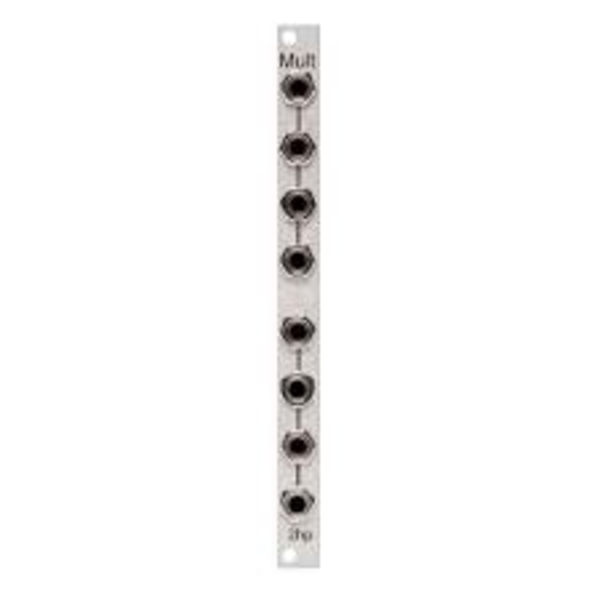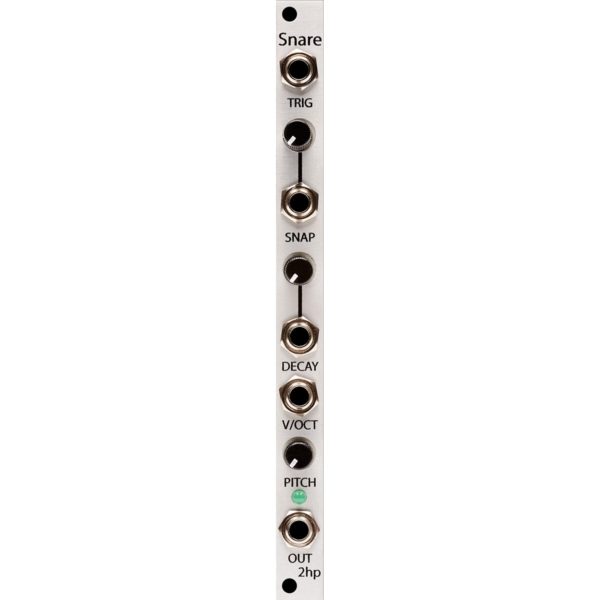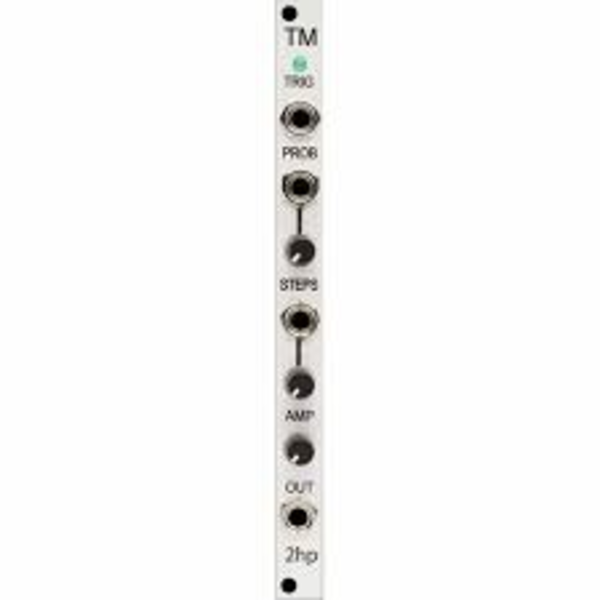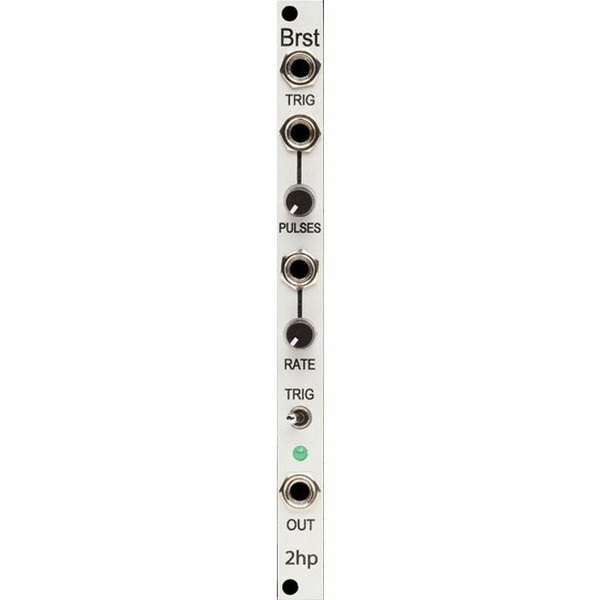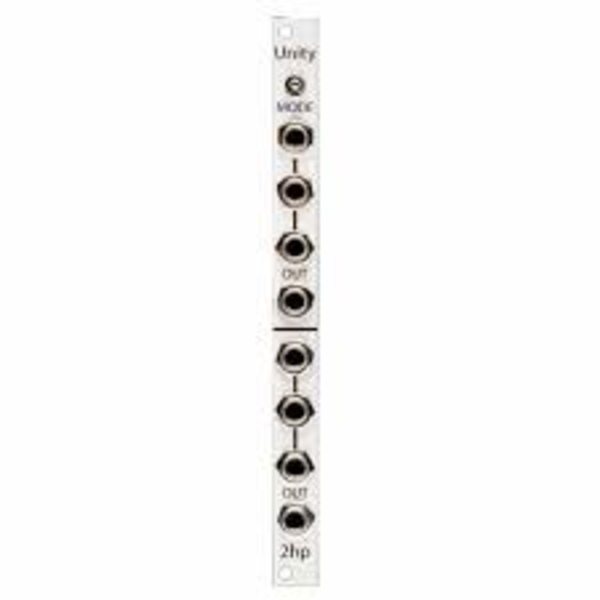The legendary Buchla 266 – module in eurorack format – a CV-controllable, quantized generator for random control voltage.
Buchla and Tiptop Audio have transferred the stars of the Buchla 200 series into the Eurorack format and have remained as faithful as possible to the circuits and design, with attention to detail.
From the sound to the cosmetic nature of the jacks and potentiometer knobs, many details have been beautifully implemented here.
266t is the epitome of extremely musical and extremely differentiated adjustable random modulations. Fluctuating Random Voltages are continuously changing, flowing random voltages. Quantized Random Voltages are time-triggered and offer control over the distribution curve and the time correlation of the changes. Stored Random Voltages also provide control over the distribution and strength of the randomness. Depending on the setting, however, you will also find classic sample and hold here. Additionally, noise is available in three colors.
The Noise section offers noise in three variants: Normal, High Pass and Low Pass Filtered.
The Fluctuating Random Voltages section offers two, continuously changing, random voltages. The speed at which these voltages change can be controlled manually and by CV.
In the Quantized Random Voltages section you will find two quantized random voltages that are independent but share a parameter set. This part of the module must be triggered with a pulse. Number of states defines how many different quantized voltages occur. The number ranges from 2 to 24 and is voltage controllable. Distribution determines whether all voltages, whether low, medium or high, occur evenly or whether medium CV values are more likely. Time Correlation determines how fast the random values move away from each other.
Stored Random Voltages provide two random voltages with a split parameter set. They behave similarly to Quantized Random Voltages and must also be triggered. The Degree parameter determines the depth of the random modulation. Chaos determines the distribution curve from narrowband to wide. Skew sets whether low or high voltages are preferred as a starting point. All parameters are voltage controllable. If all controls are at their zero position, you can realize classic S/H with a signal patched into the Skew CV input and add random changes to this voltage with Degree and Chaos.
